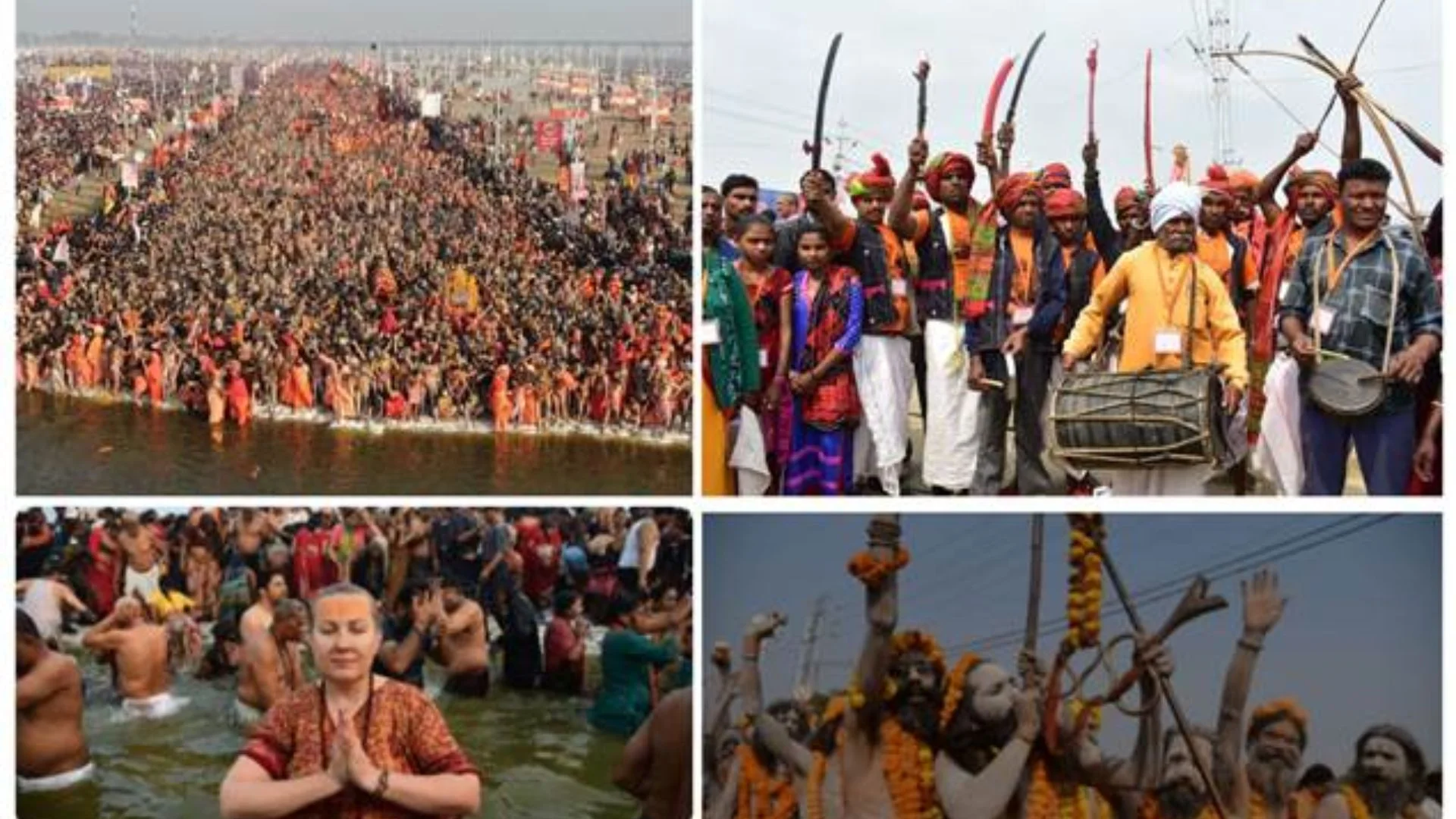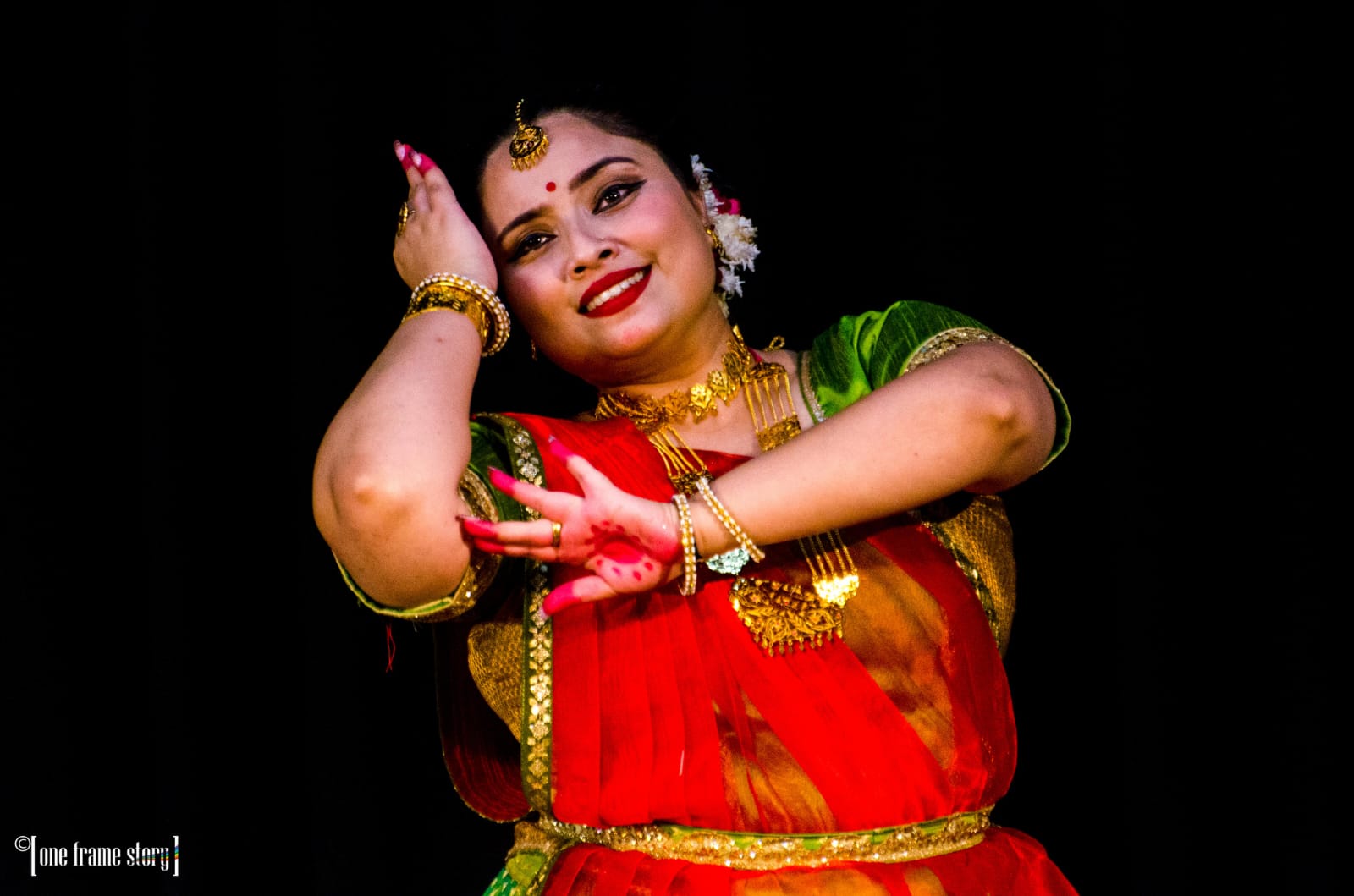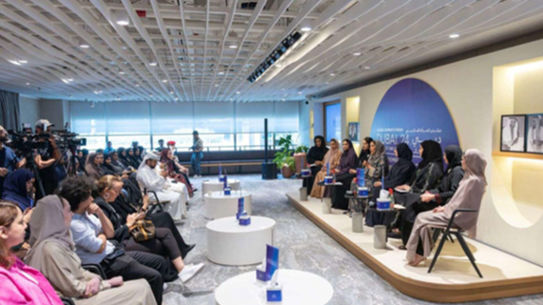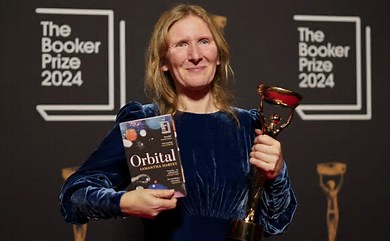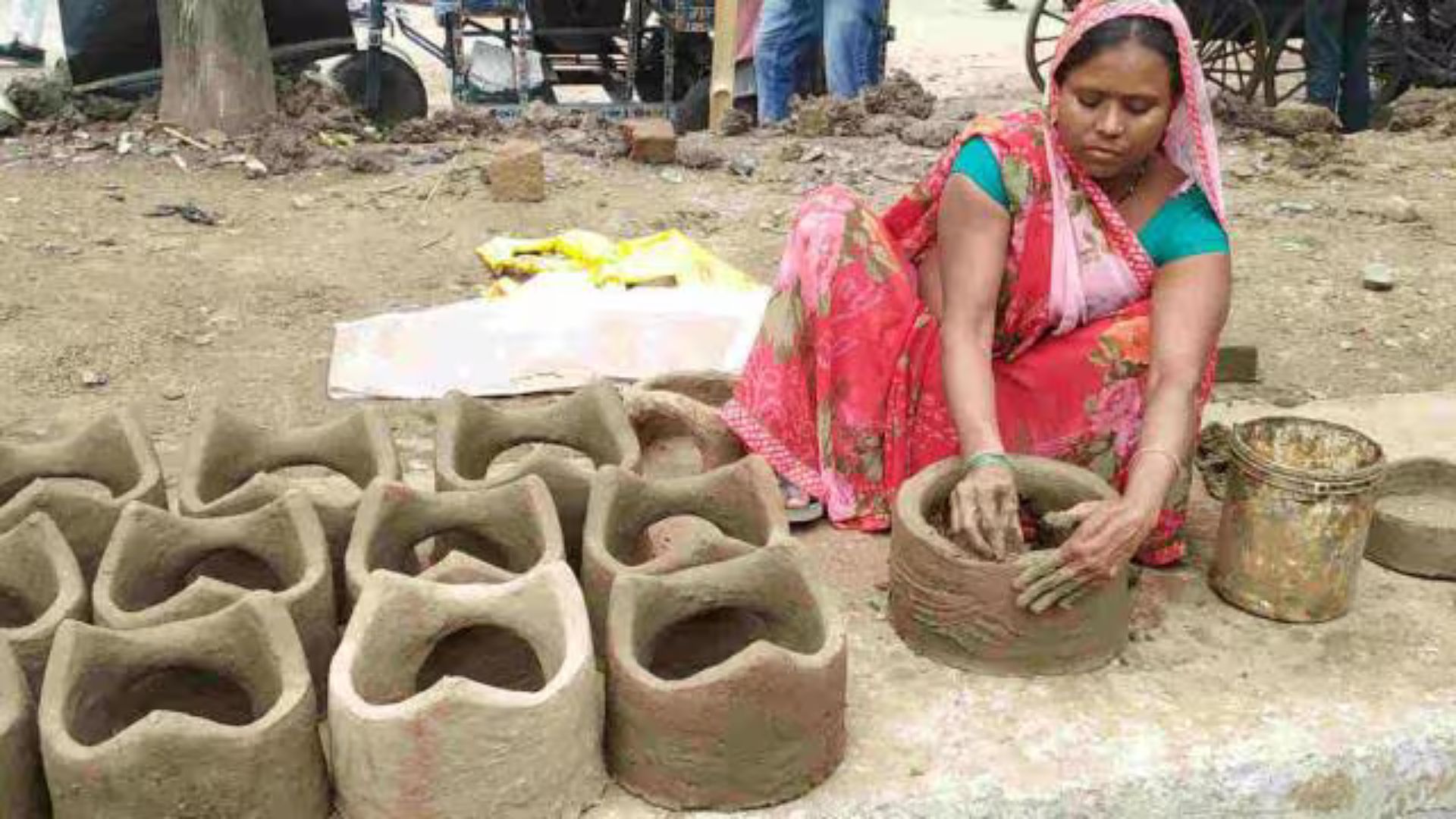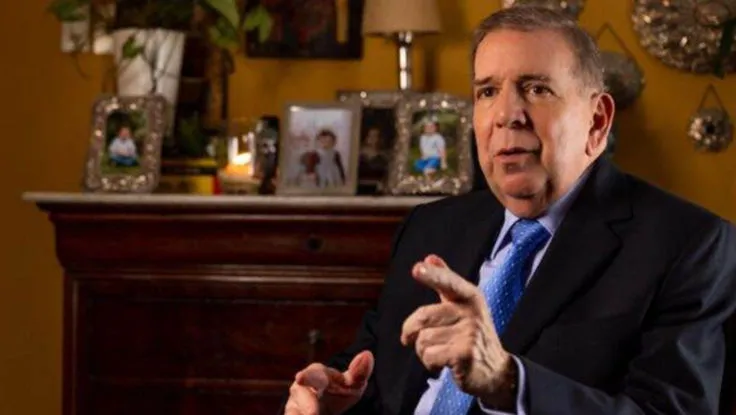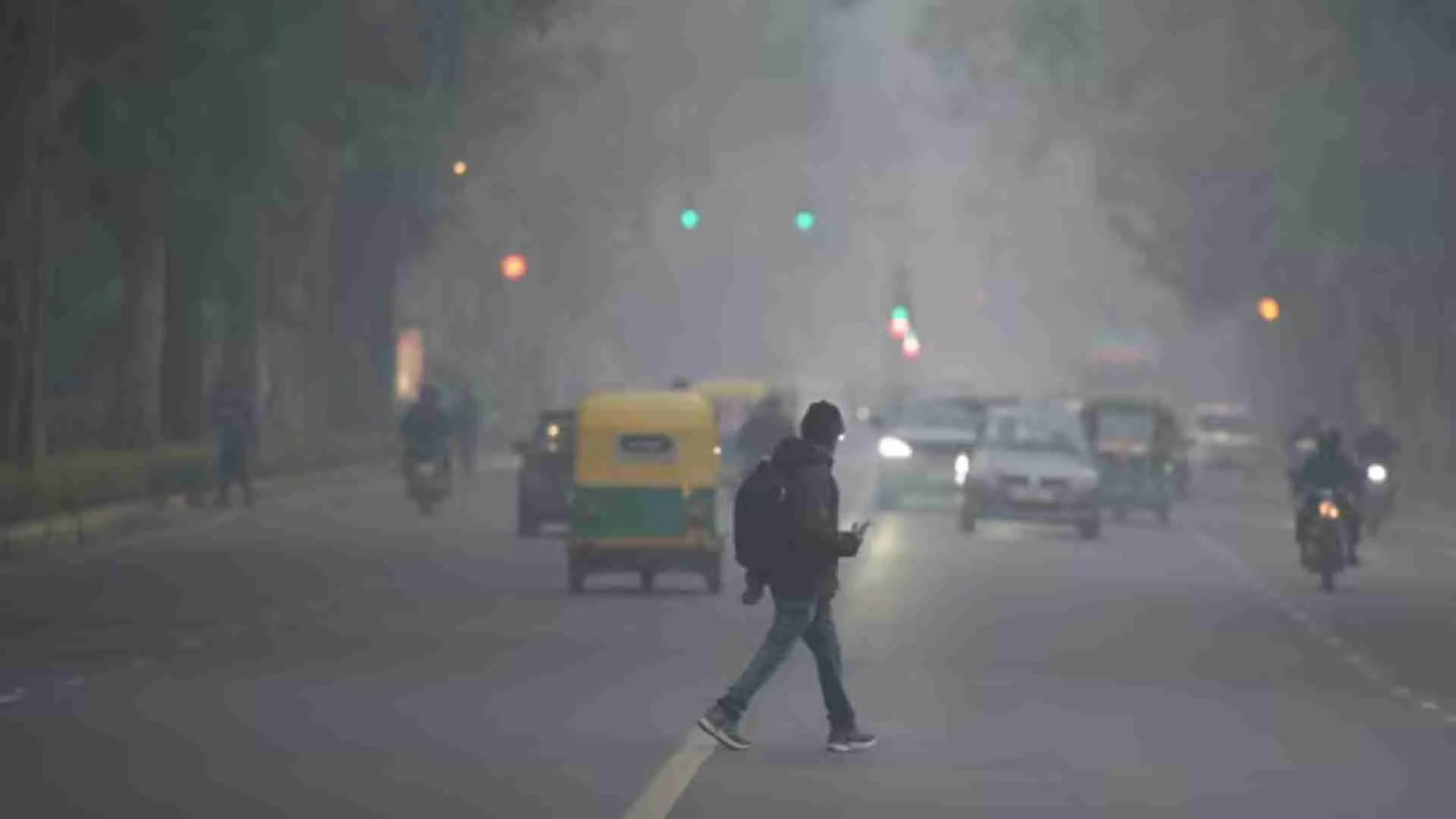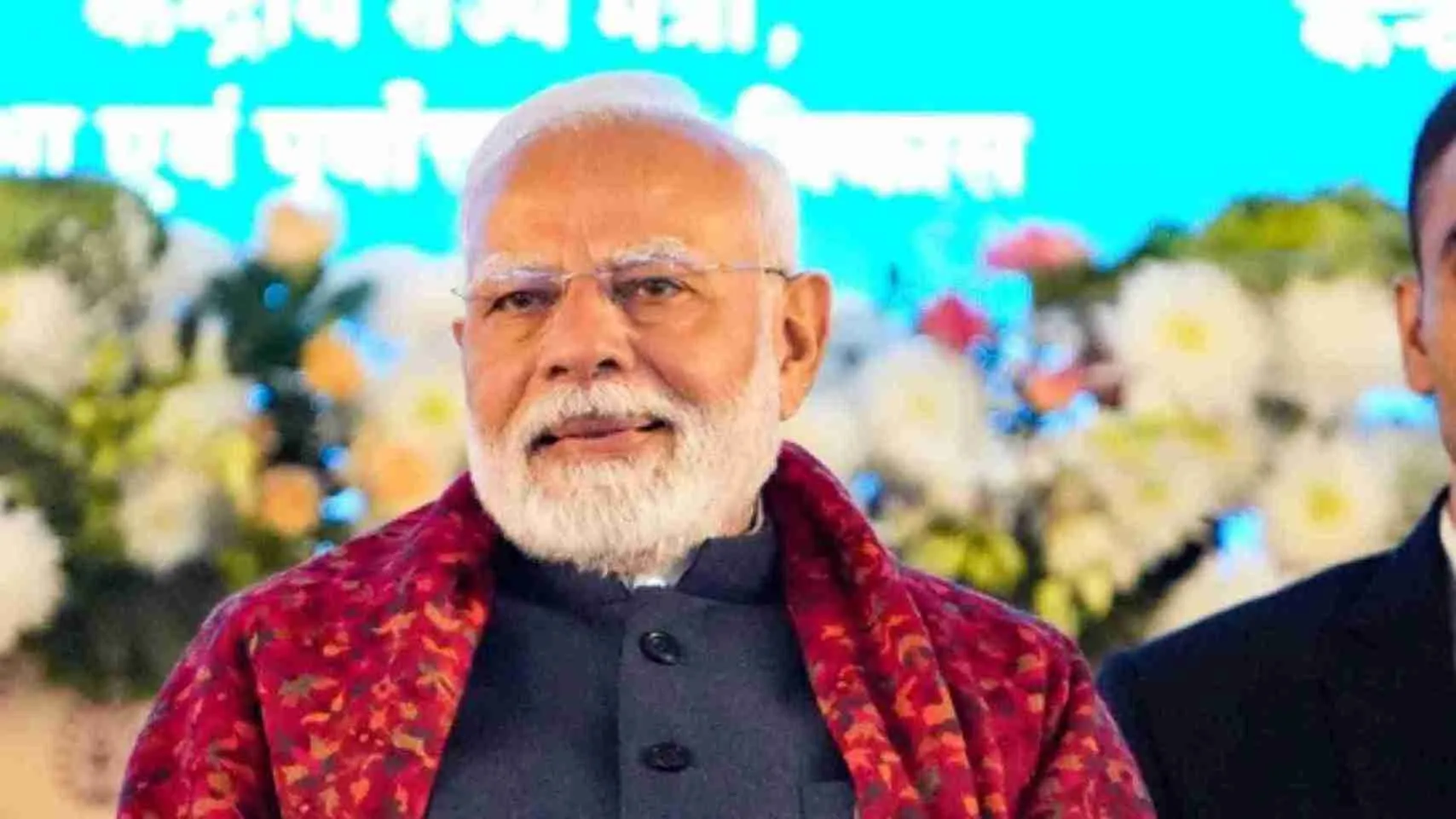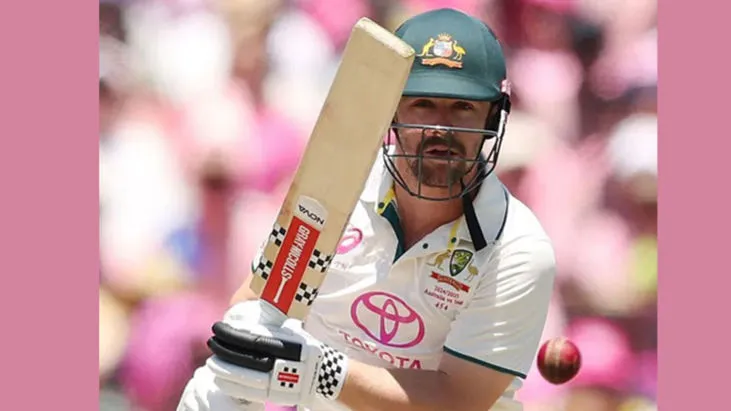Rajpura, a small city located in the state of Punjab, is renowned worldwide. Perhaps the soil here has Rajputana blood in it. Great grass artist Mr. Abhishek Kumar Chouhan, famous for his grass art, lives here and has been serving the heritage of historical grass art for the last decade. The statue of Shivaji Maharaj made of grass by him is becoming a topic of discussion all over the country. After all, why not? We Indians have the courage to make the impossible possible.
This year, the whole of India is celebrating 350 years of Shivaji Maharaj’s coronation. Prime Minister Modi also extended his best wishes to the country. Chhatrapati Shivaji Maharaj played a key role in awakening the spirit of Swaraj, uniting the country against the invading Mughals. This unique grass statue of Shivaji Maharaj is doubling the joy of the 350th year of his coronation, featuring facial expressions that change.
Why and how do the expressions change?
You must have heard about the Mona Lisa painting, which is the most valuable among all artworks today. It is said about this mysterious painting that its facial expressions change. After many years of research, the grass artist has created a face with a weaving pattern capable of changing the emotions on the statue’s face. It can be said that this is the first statue in the world that shows three types of expressions. In normal light, when the statue is seen from the front, the expression of a calm king is seen. When light is thrown on the same statue, the expression of anger is revealed. When the statue is seen from both shoulders, the statue is seen smiling softly.
How this art developed and the features of the statue
Eleven years ago, someone addressed the grass artist as a basket weaver, which deeply hurt him. This motivated him to develop the grass art to the extent that making statues became possible. Light red color has been used as a tilak for the anointment of the statue, while no other colors have been used. The eyes, mustache, and hair of the statue have been woven from fine black grass fibers. Special attention has been given to the details of the entire statue, even the fingernails have been made from grass. The garland around the neck of the statue is also made of grass, and the thread used in it is also made of grass. The turban is designed in such a way that light is transmitted throughout the turban when a bright light is thrown from any angle.
Complex mathematics and mother’s love
1678 grass straws have been used in the making of the statue, with 7431 folds marked. The count of weaving done on the face and head is different. 8245 fine straw fibers have been used for the face, which have been folded 27921 times and woven together. The height of the statue is 13 inches and the width is 7 inches. Chouhan shared that his mother inspires him to do and develop his art. Due to her inspiration, this impossible task has become possible. He has also been inspired by his mother to set many world records, including several world records of grass art with blindfolded eyes.

